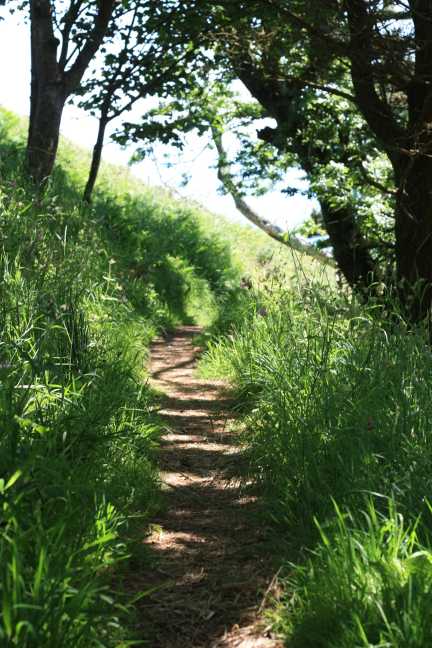Incorporating Native Plants into Your Garden Design
Native plants have become increasingly popular in recent years, and for good reason. Not only are they more resilient and better suited to the local climate and soil conditions, but they also provide important food and shelter for native wildlife. Gardeners looking to create a more sustainable and environmentally-friendly garden should consider incorporating native plants into their design.
One of the key benefits of using native plants in your garden is that they are better adapted to the local environment. This means they are more likely to thrive without the need for extra water, fertilizers, or pesticides. Native plants have evolved to survive in the specific conditions of your region, whether it be hot and dry, cold and wet, or anything in between. By planting native species in your garden, you can reduce the amount of time and effort required to keep them healthy and looking their best.
Another advantage of using native plants is that they provide important habitat and food sources for local wildlife. Many native birds, butterflies, bees, and other animals rely on specific plants for shelter, nesting sites, and food. By including these plants in your garden, you can help support the biodiversity of your local ecosystem and create a more vibrant and dynamic outdoor space. In contrast, non-native plants often do not provide the same benefits to local wildlife and can even become invasive and crowd out native species.
When incorporating native plants into your garden design, it’s important to consider a few key factors. First, think about the specific growing conditions of your garden, such as sun exposure, soil type, and moisture levels. Choose plants that are well-suited to these conditions and will thrive without the need for extra inputs. Many native plants are drought-tolerant and can handle a range of soil types, making them versatile choices for all types of gardens.
Next, consider the overall design and layout of your garden. Native plants come in a wide variety of shapes, sizes, and colors, so you can create a beautiful and varied landscape using only native species. Mix and match different plants to create a diverse and dynamic garden that will attract a wide range of wildlife. Native grasses, wildflowers, shrubs, and trees can all play a role in your garden design, providing structure, color, and texture to the space.
To get started with incorporating native plants into your garden, begin by researching the native plant species that are native to your region. Look for plants that are well-suited to your specific growing conditions and will thrive in your garden. Visit local nurseries, botanical gardens, or native plant societies for advice and guidance on selecting the right plants for your garden.
When planting native species in your garden, be sure to give them the best possible start by preparing the soil properly and providing adequate water and nutrients. Mulch around the base of the plants to help retain moisture and suppress weeds. Monitor the plants regularly for signs of stress or disease, and address any issues promptly to keep your garden healthy and thriving.
In addition to supporting local wildlife and promoting biodiversity, incorporating native plants into your garden can also have other benefits. Native plants can help improve air and water quality, reduce erosion, and provide natural beauty and interest throughout the year. They can also help create a sense of place and connection to the local environment, enhancing your overall garden experience.
In conclusion, incorporating native plants into your garden design is a great way to create a more sustainable, environmentally-friendly outdoor space that will benefit both you and the local ecosystem. By choosing plants that are well-adapted to your region and providing them with the care and attention they need, you can create a beautiful and thriving garden that will attract a diverse array of wildlife and provide enjoyment for years to come. So why not give native plants a try in your garden and see the difference they can make!


